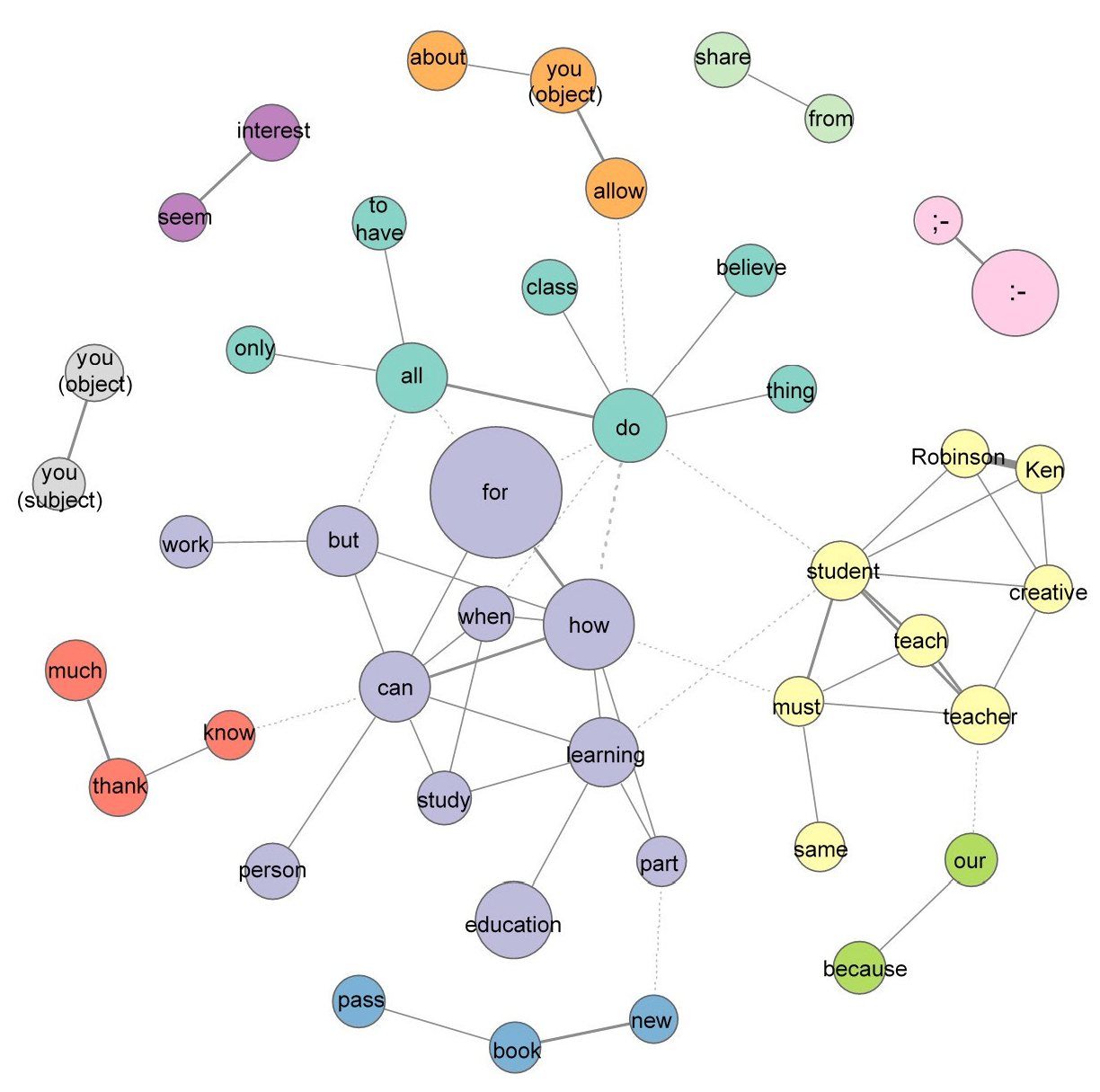By: José María Díaz-Nafría (Madrid Open University, Spain; BITrum-RG, Spain), Antonio Jesús Muñóz-Montoro (Madrid Open University, Spain; Universidad de Oviedo, Spain), Isaac Seoane (Madrid Open University, Spain), Javier Bravo-Agapito (Madrid Open University, Spain), Gerhard Chroust (Institute for a Global Sustainable Information Society, Austria), Modestos Stavrakis (University of the Aegean), Teresa Guarda (Universidad Estatal Península de Santa Elena, Ecuador)
Published in: Communications in Computer and Information Science, vol 1485. Springer, Cham, 2021, https://doi.org/10.1007/978-3-030-90241-4_2
Abstract: As we have discussed in previous works, glossaLAB project is devoted to the integration of an extensive encyclopedic corpus into a system of interdisciplinary glossaries -whose concept has been described thoroughly-. By that means, glossaLAB intends to offer a platform for the co-creation of interdisciplinary and transdisciplinary knowledge that revives sound endeavours to strengthen the capacity of systems science and information studies -including a panoply of related disciplines- based on the clarification of concepts, theories, metaphors and problems addressed by these disciplines. For this purpose, the first step consists of the transference of contents from the original non-standard formats -mostly focused on a particular way of presentation- to an interoperable coding through which the content can be delivered to multiple platforms, and particularly to the elucidation platform, based on MediaWiki technology in which the co-creation of contents is to be continued. The magnitude of the corpus -over six thousand articles in a hypertext of more than one hundred thousand links- requires the automation of the process. We describe the process developed to make the content interoperable and to deploy it into the glossaLAB platform set up for the continuation of the elucidation process. Furthermore, glossaLAB is devised as a federated system of interdisciplinary glossaries which evolve autonomously but cooperate in the development of a network of transdisciplinary concepts whose performance is intended to grow over time. This organisation also serves to the qualification of the integration of knowledge achieved through the elucidation process based on a bi-dimensional measurement of the diversity of the co-created knowledge and the effectiveness of the integration achieved.





 By: José María Díaz-Nafría (BITrum-Research Group, Spain | Universidad de León, Spain | Munich University of Applied Sciences), Teresa Guarda (Universidad Estatal Península de Santa Elena, Ecuador)
By: José María Díaz-Nafría (BITrum-Research Group, Spain | Universidad de León, Spain | Munich University of Applied Sciences), Teresa Guarda (Universidad Estatal Península de Santa Elena, Ecuador)




